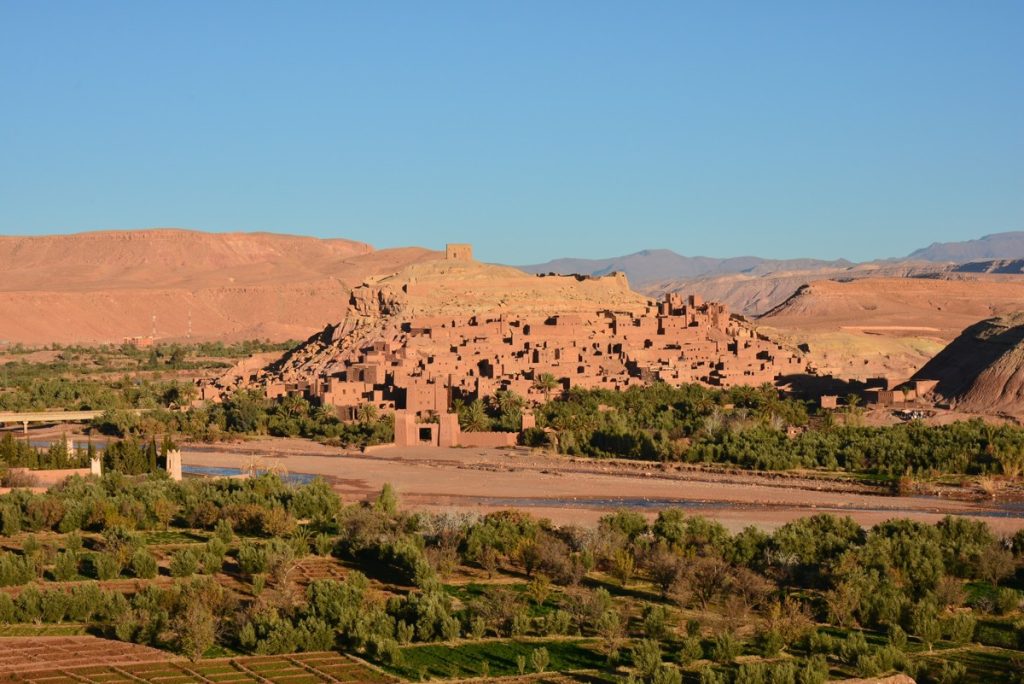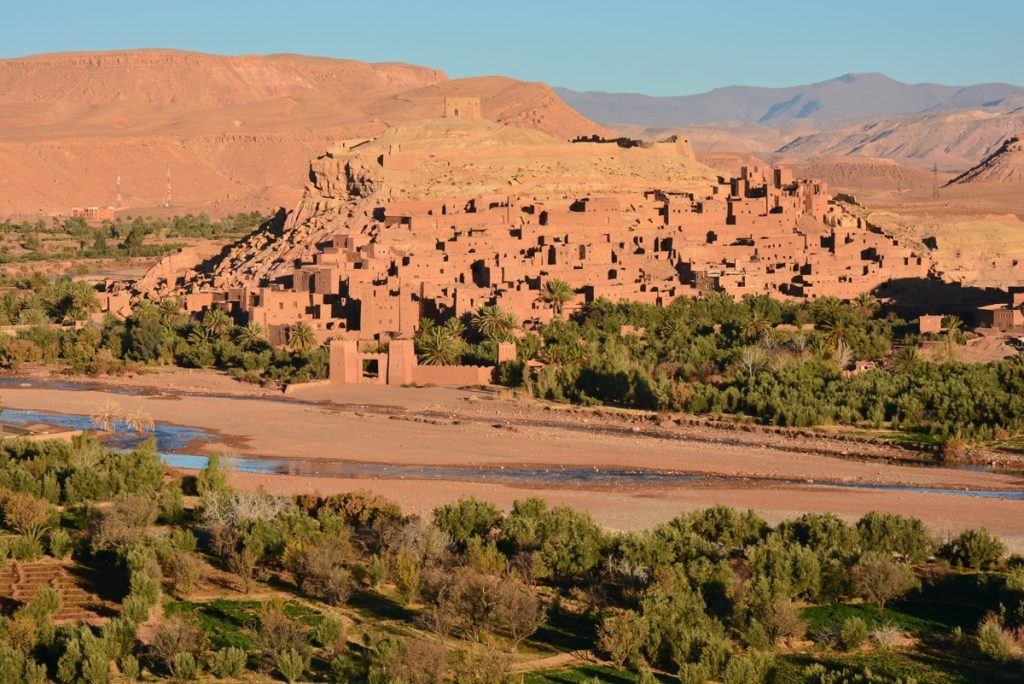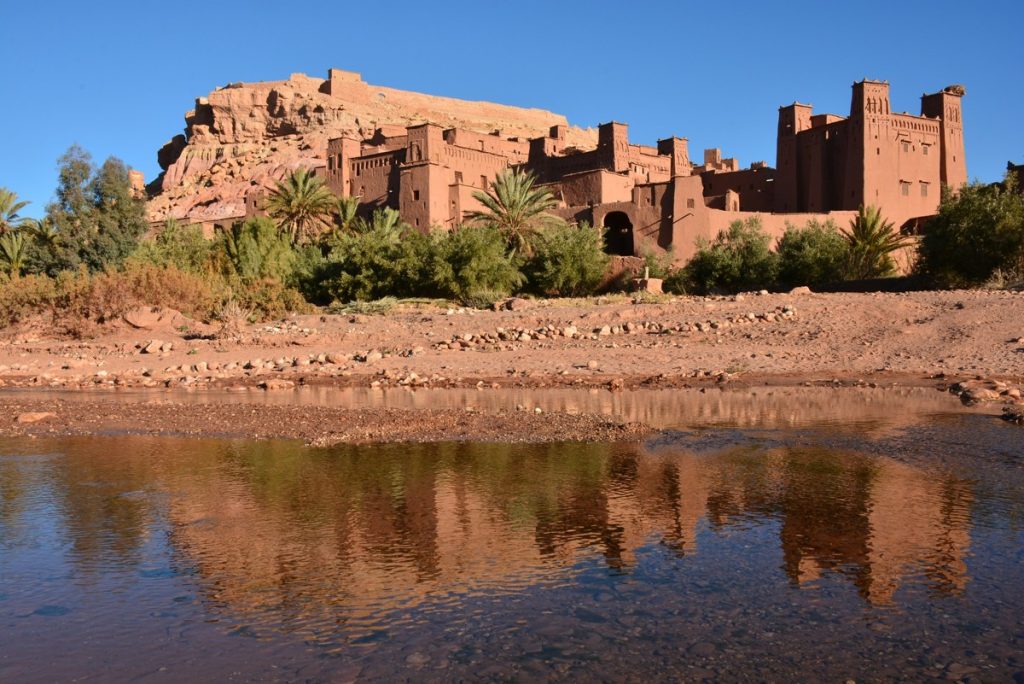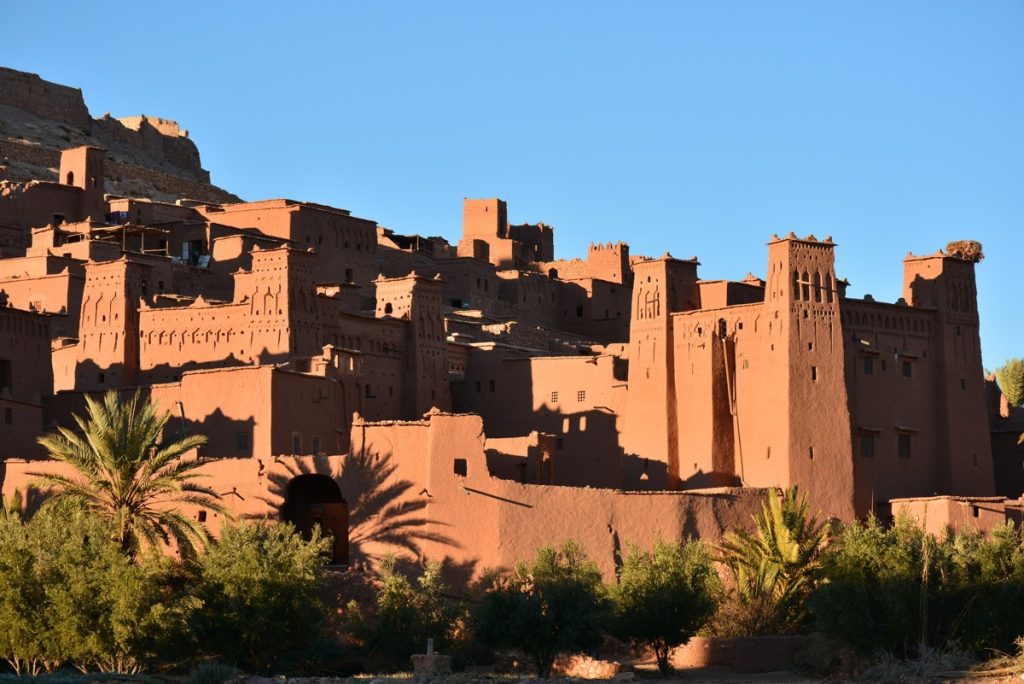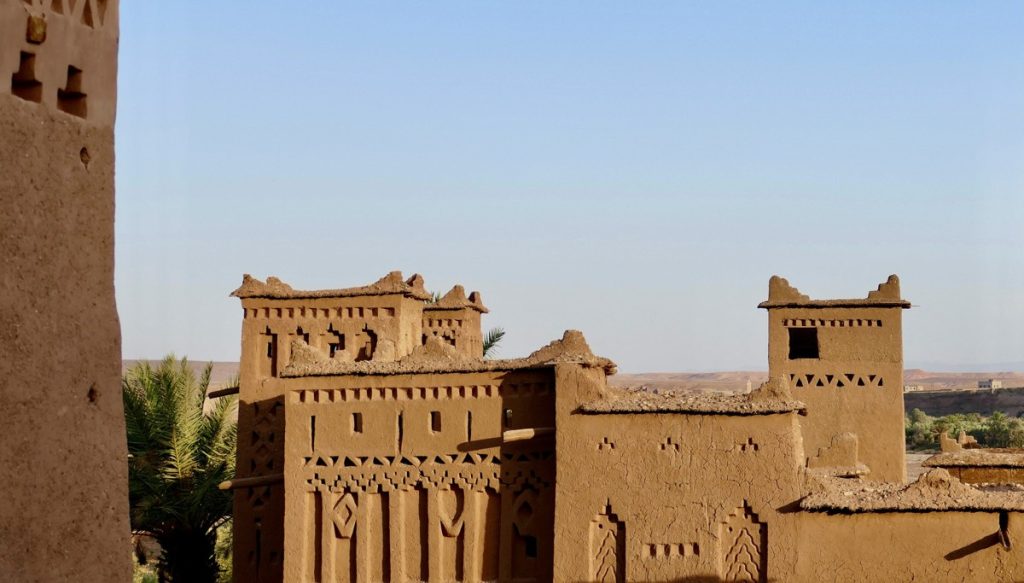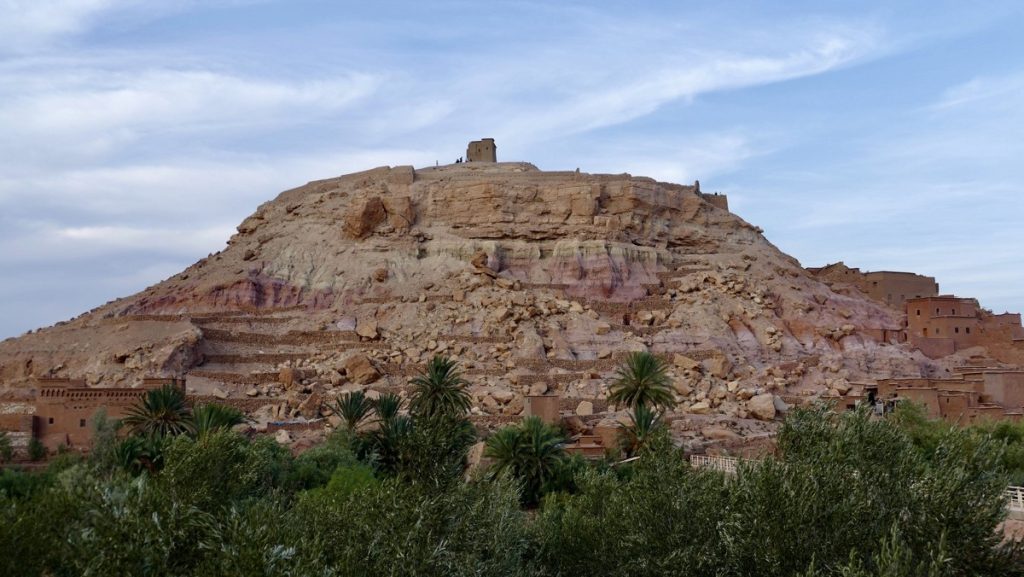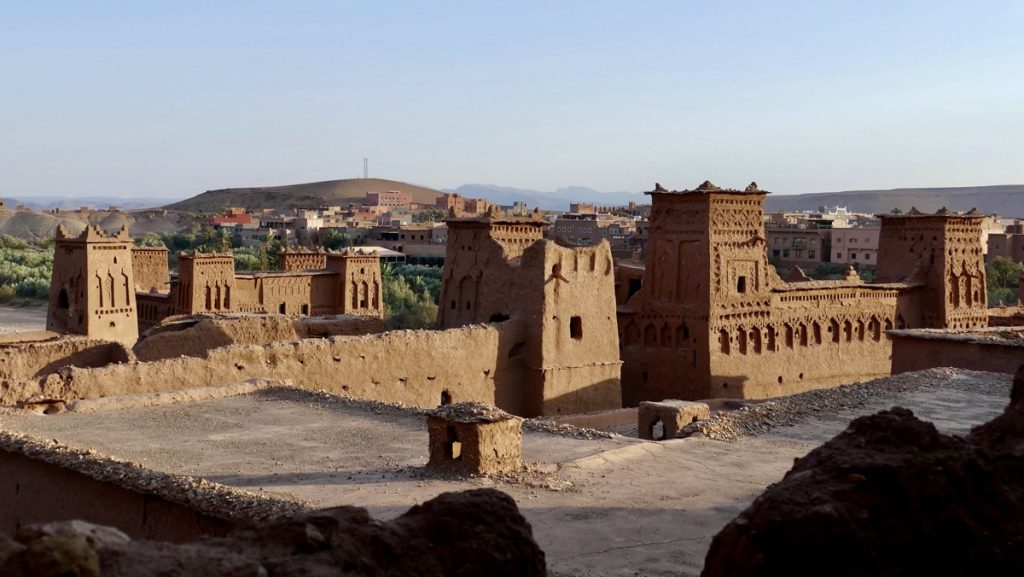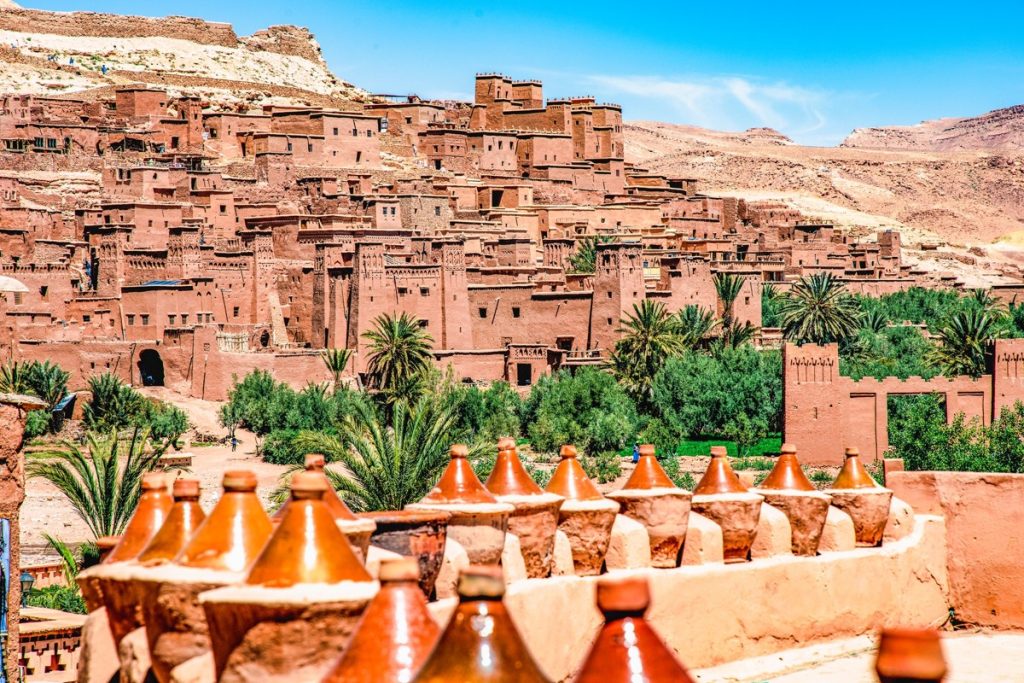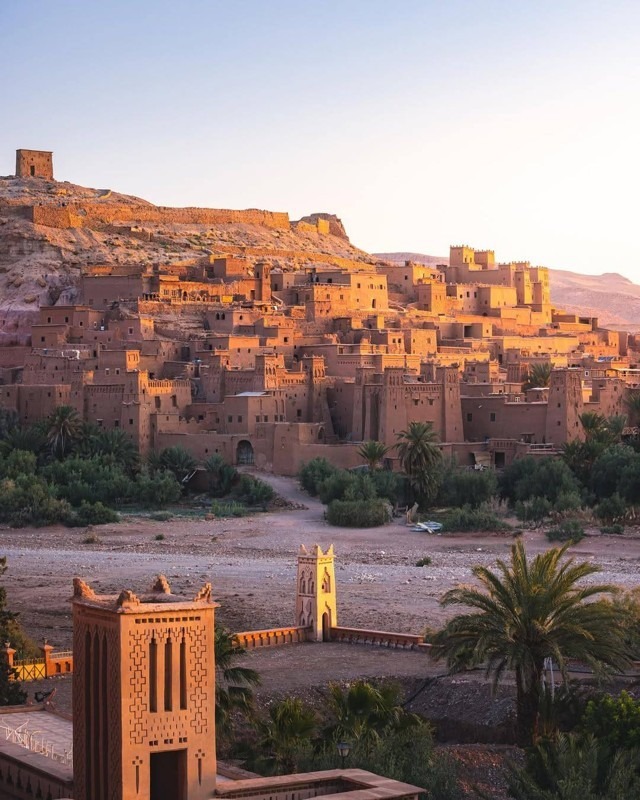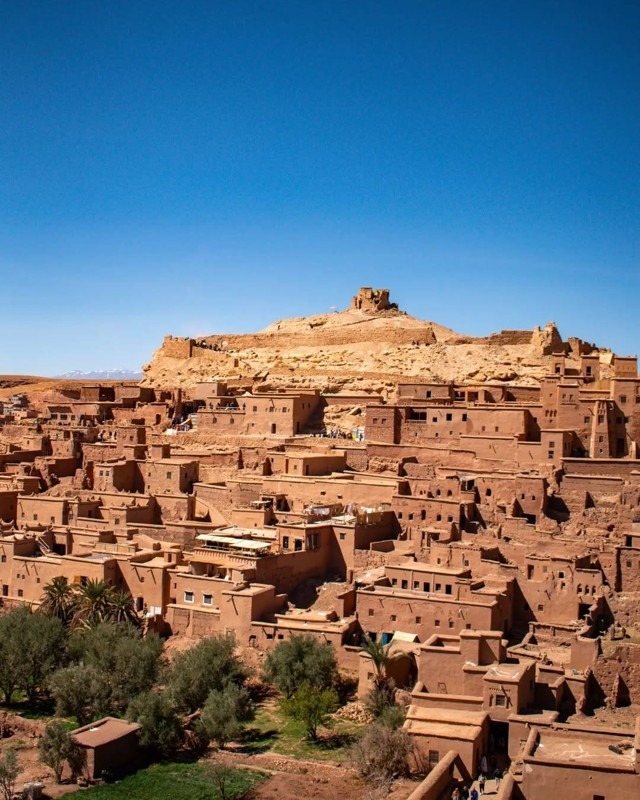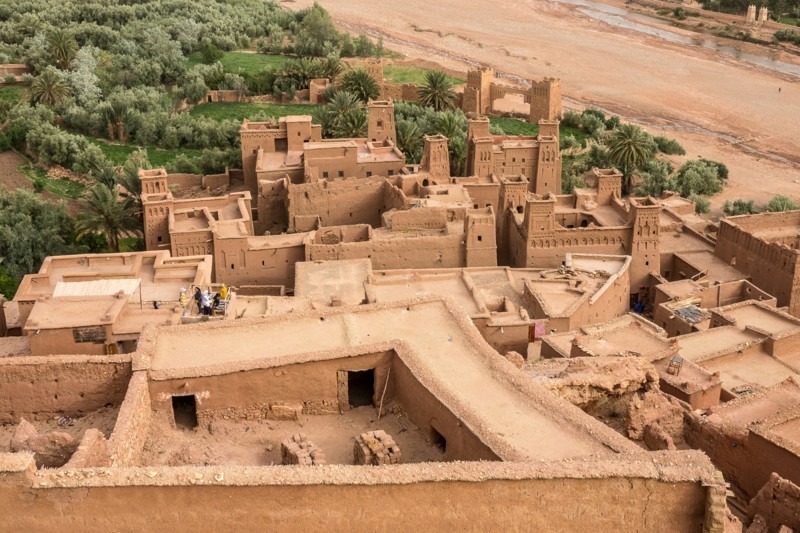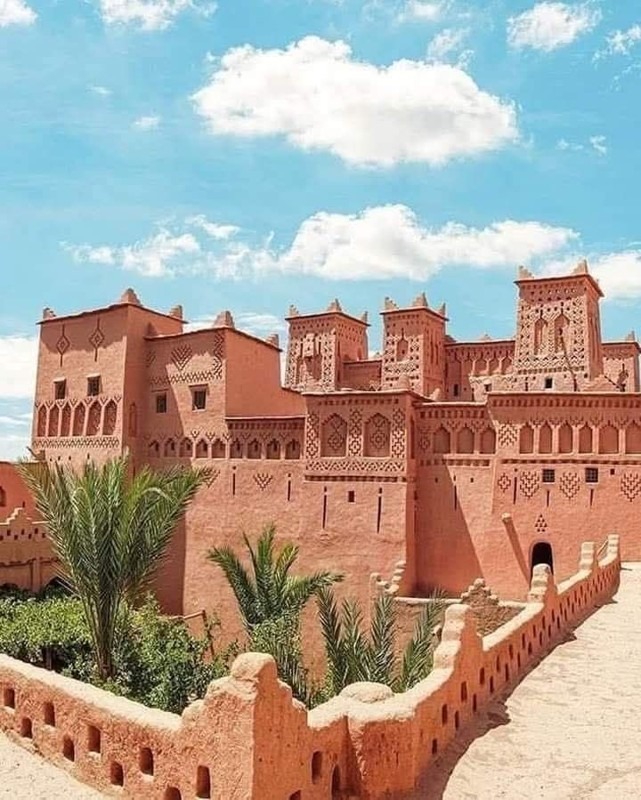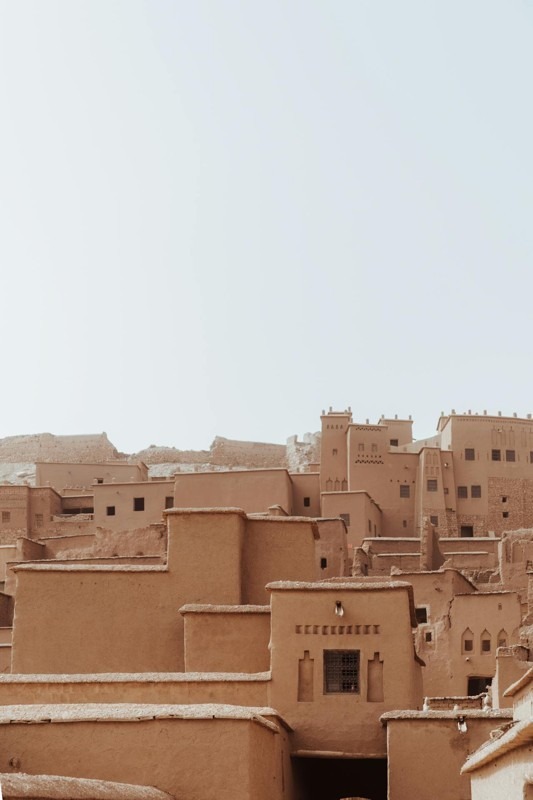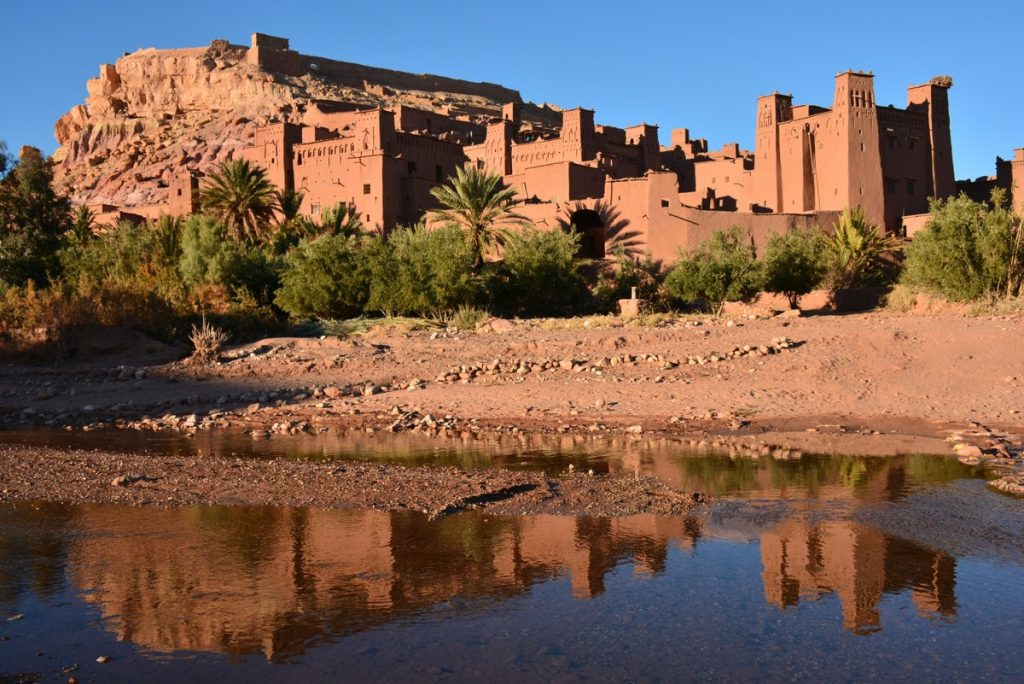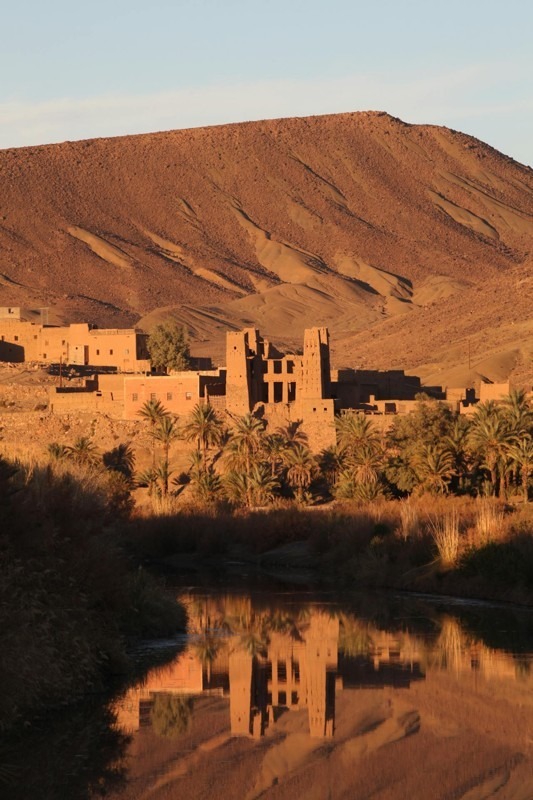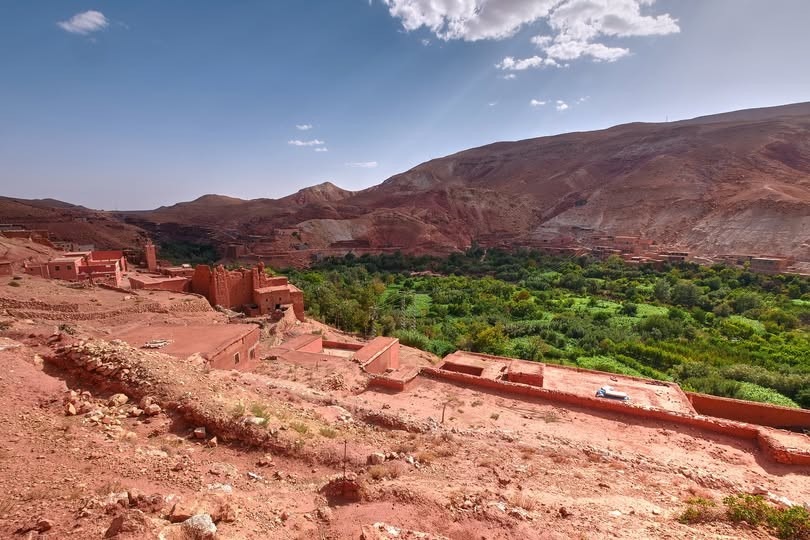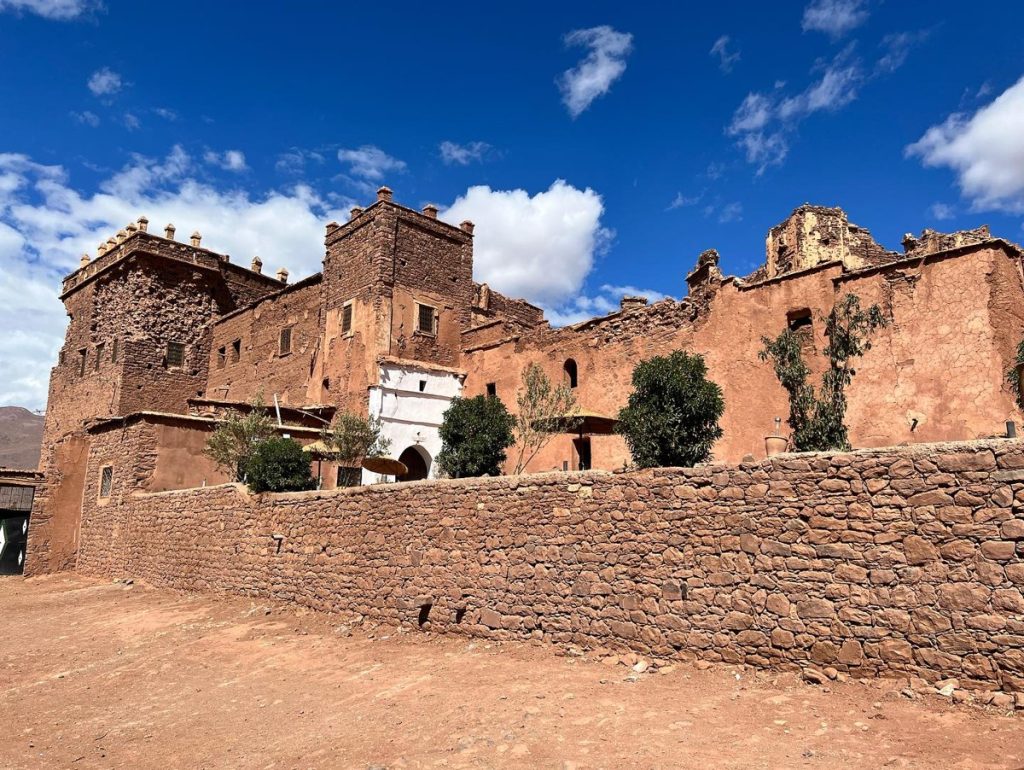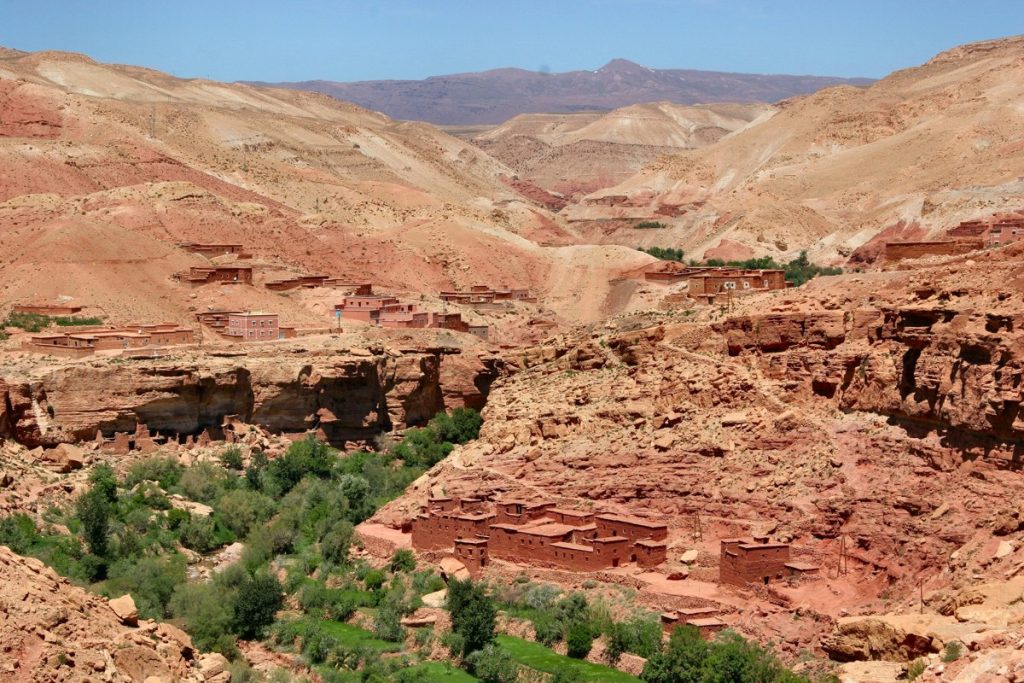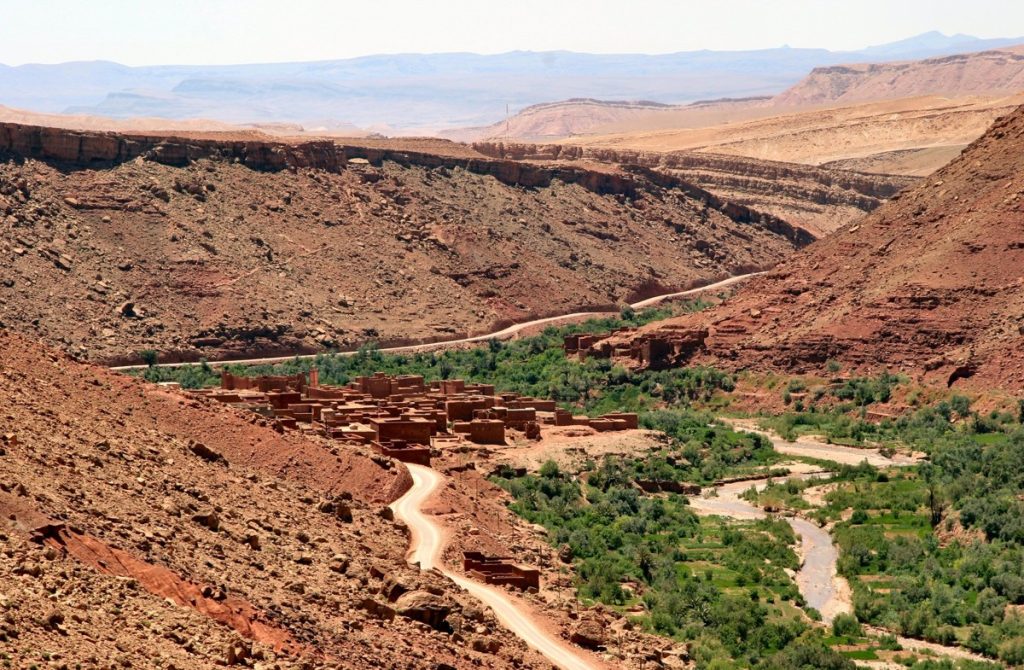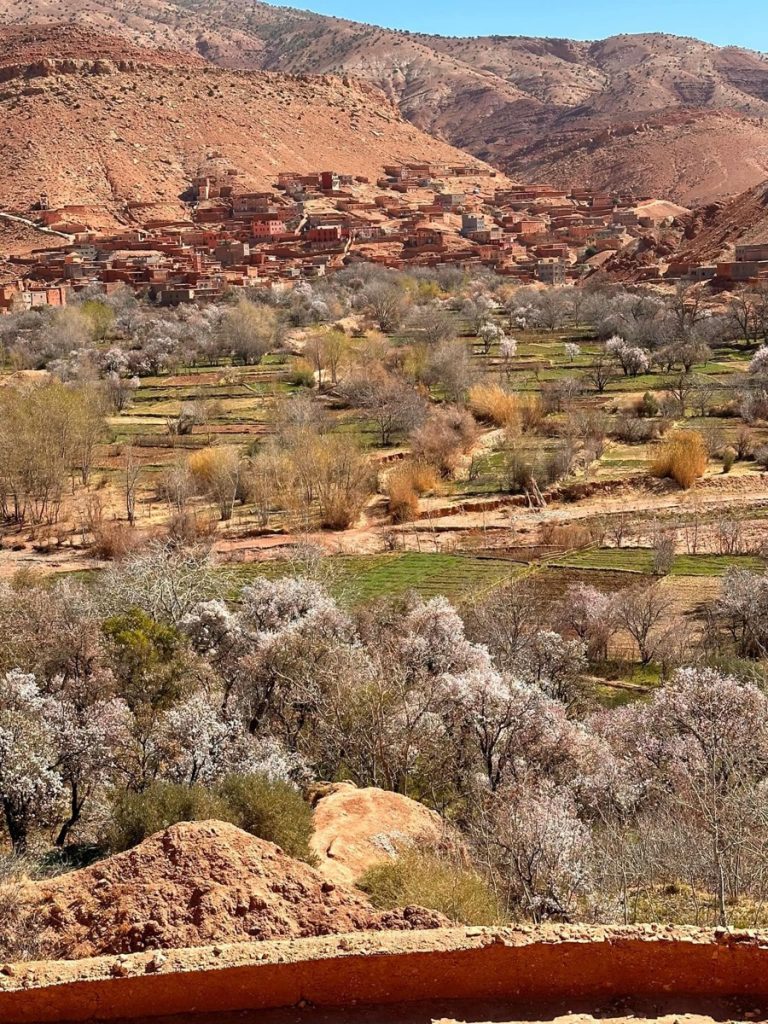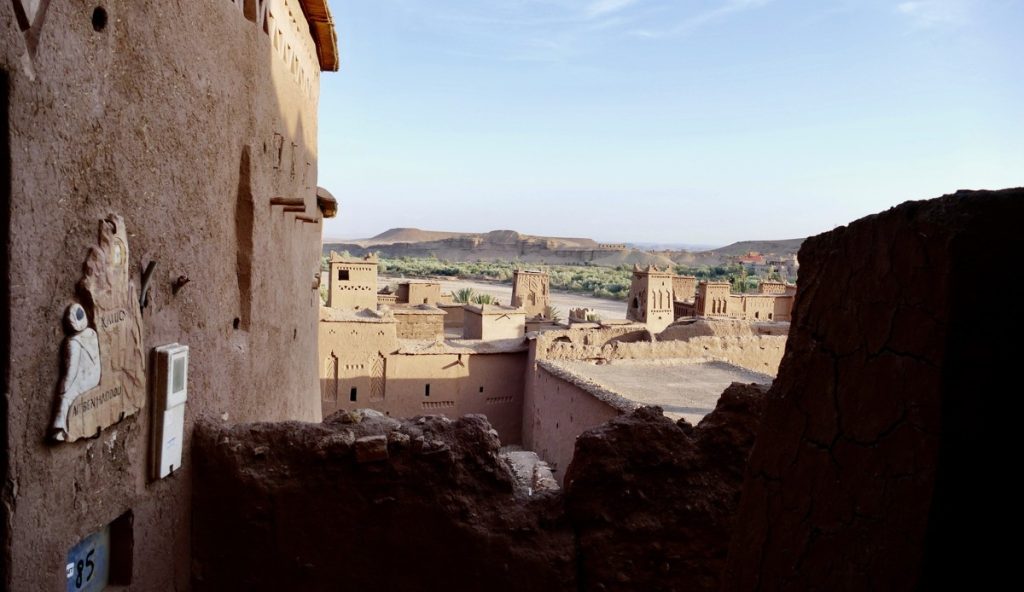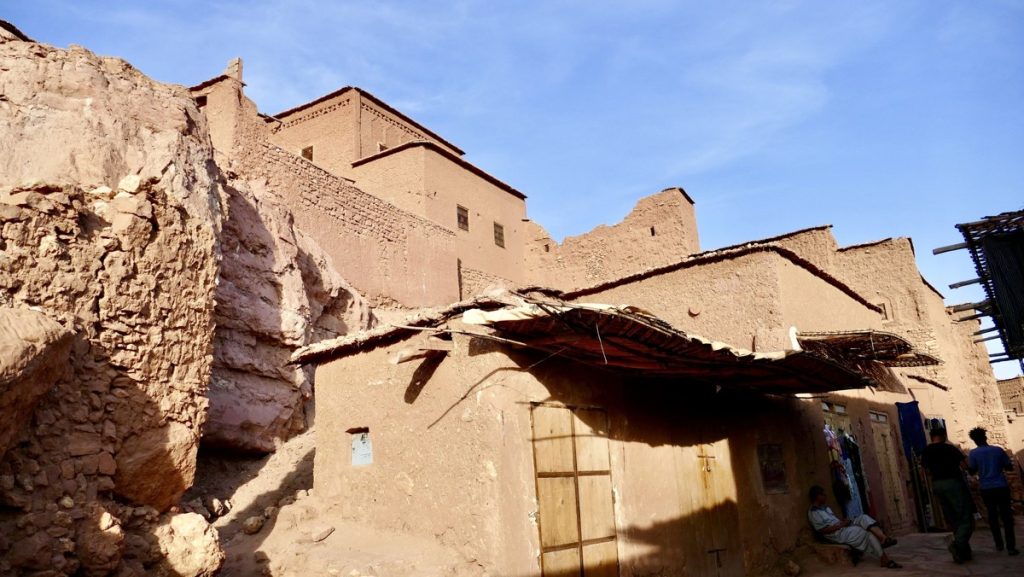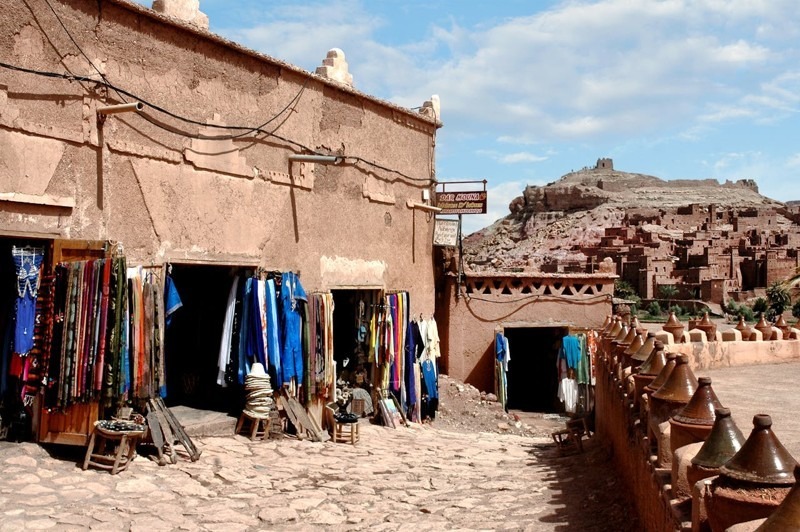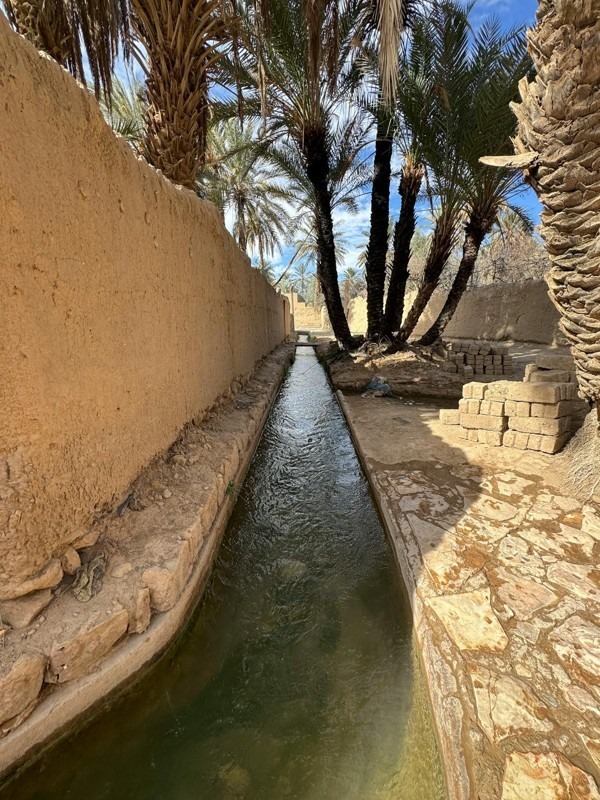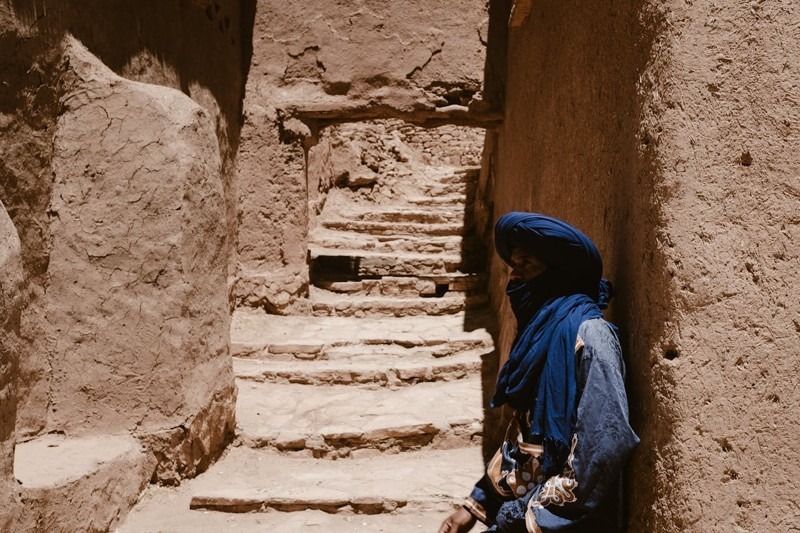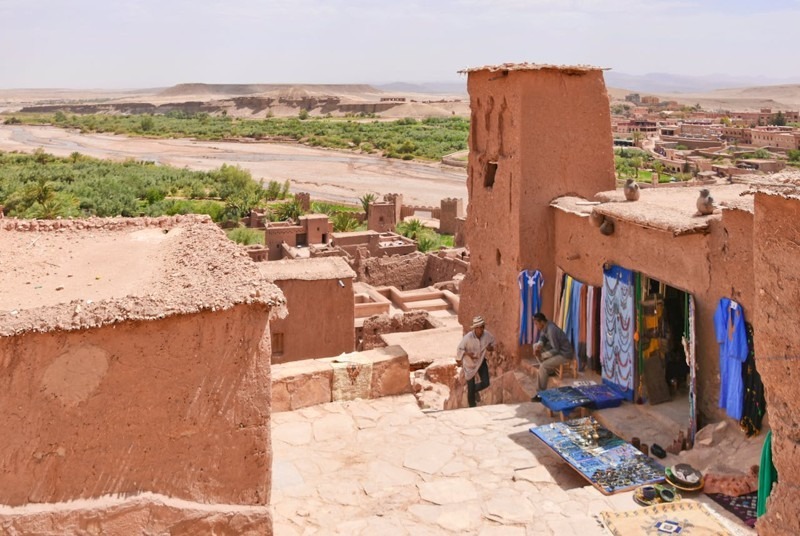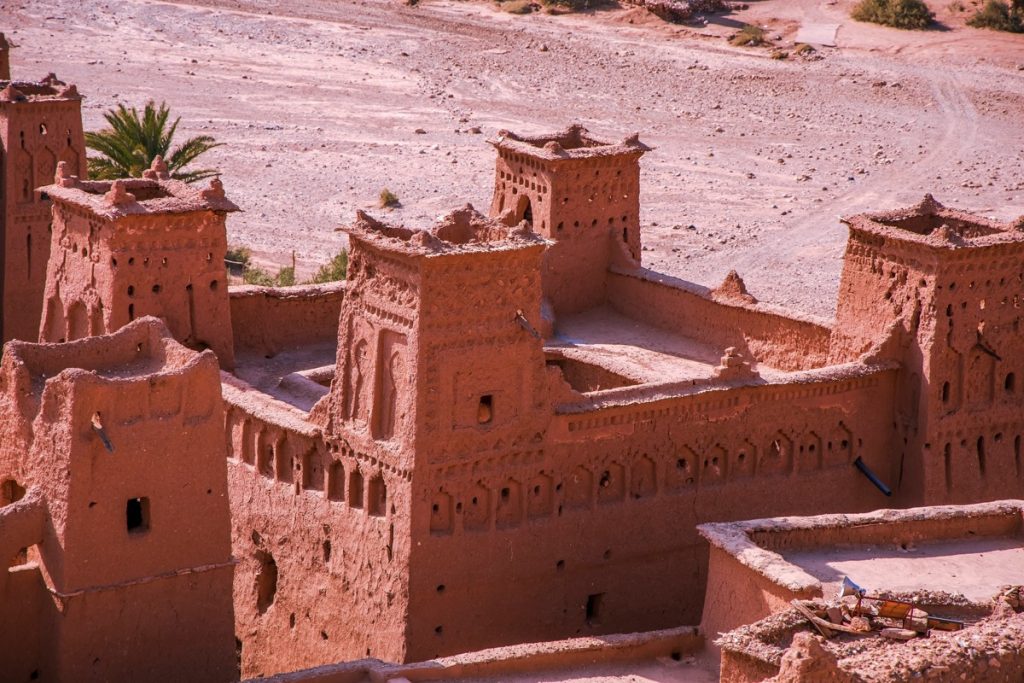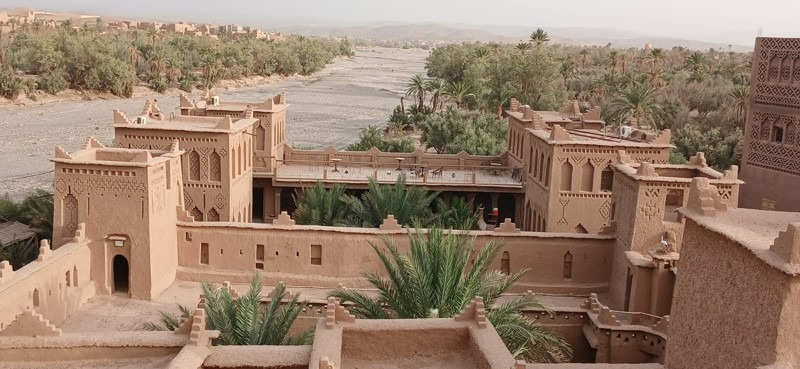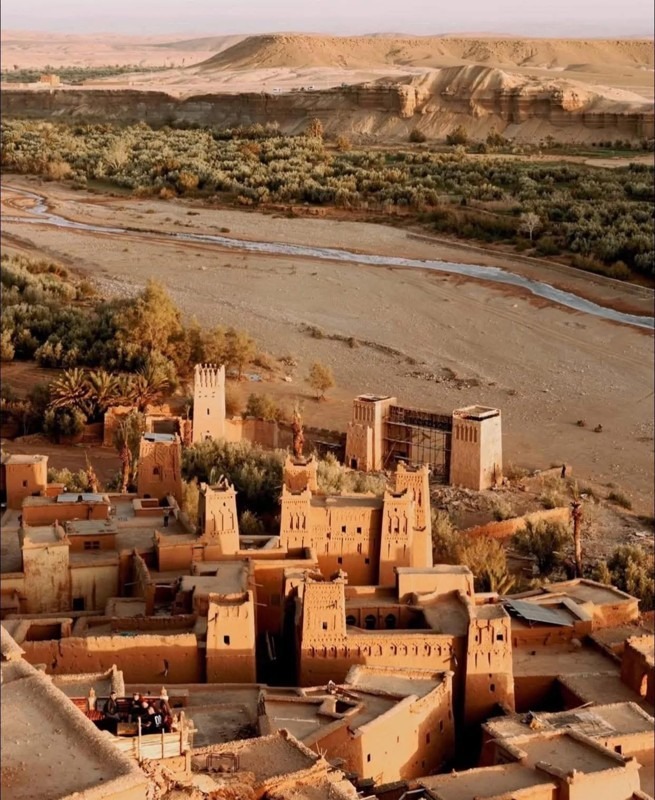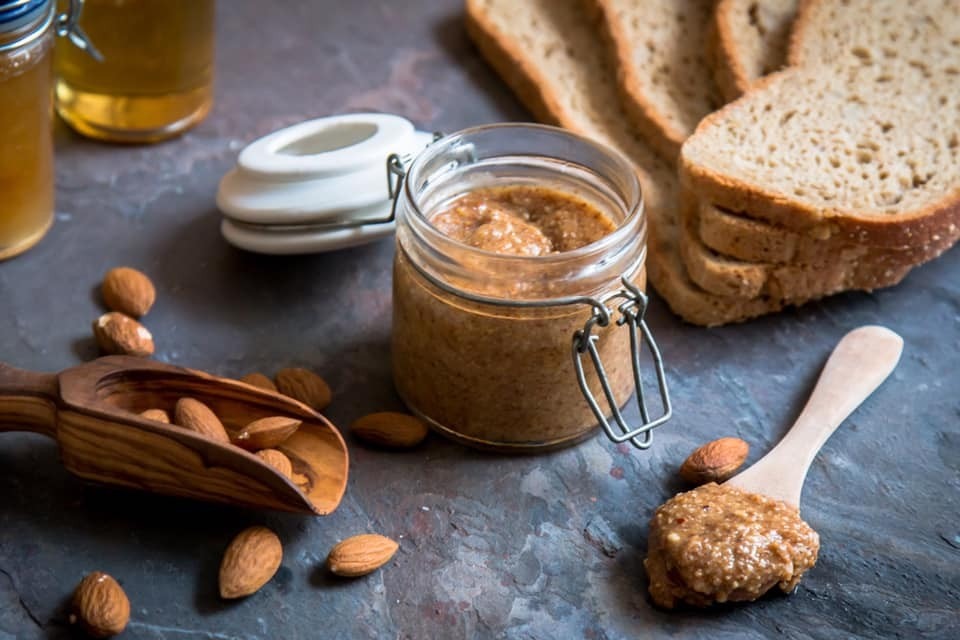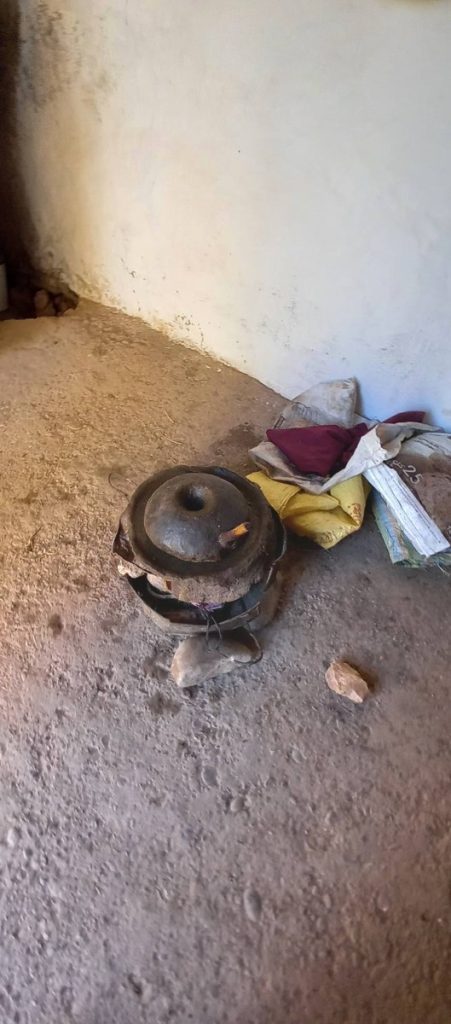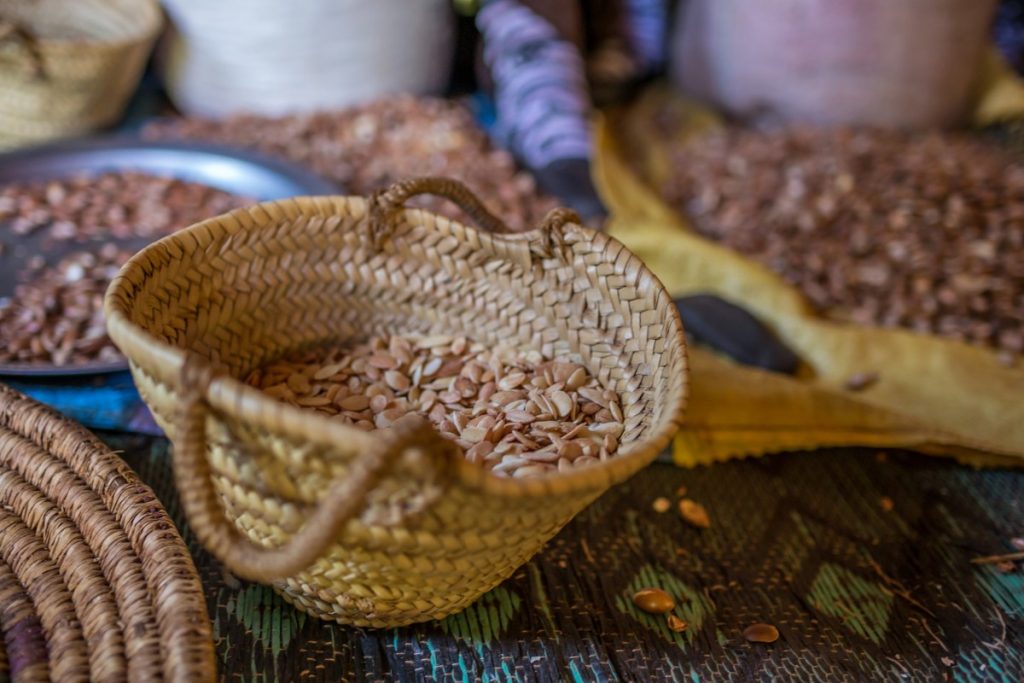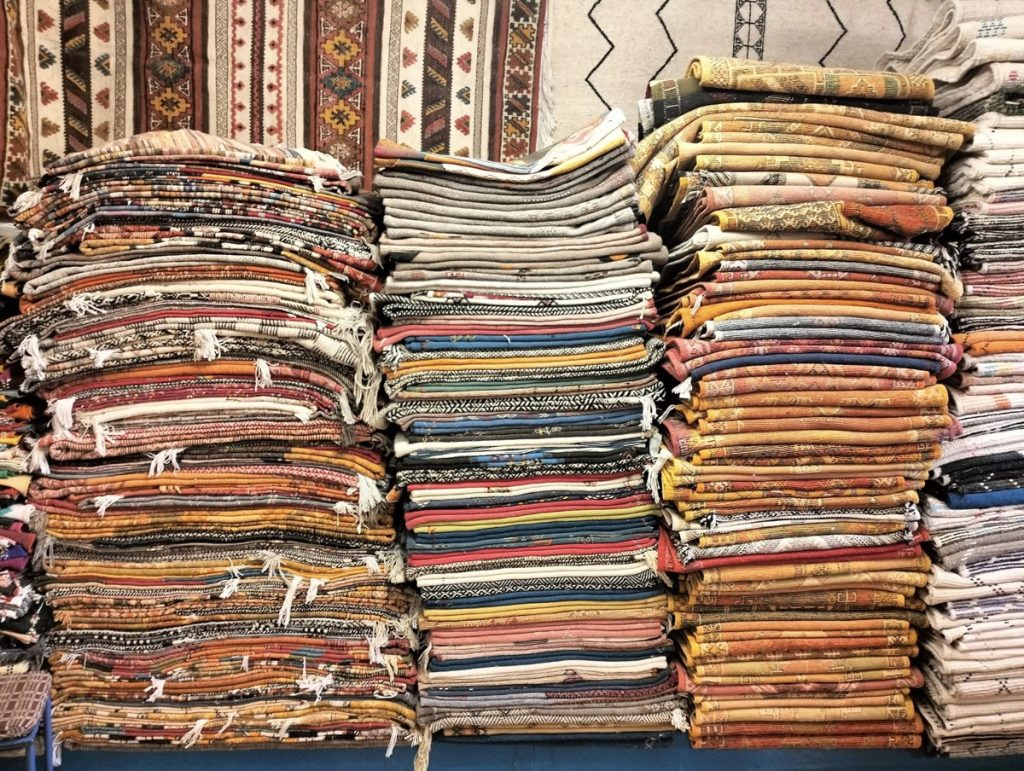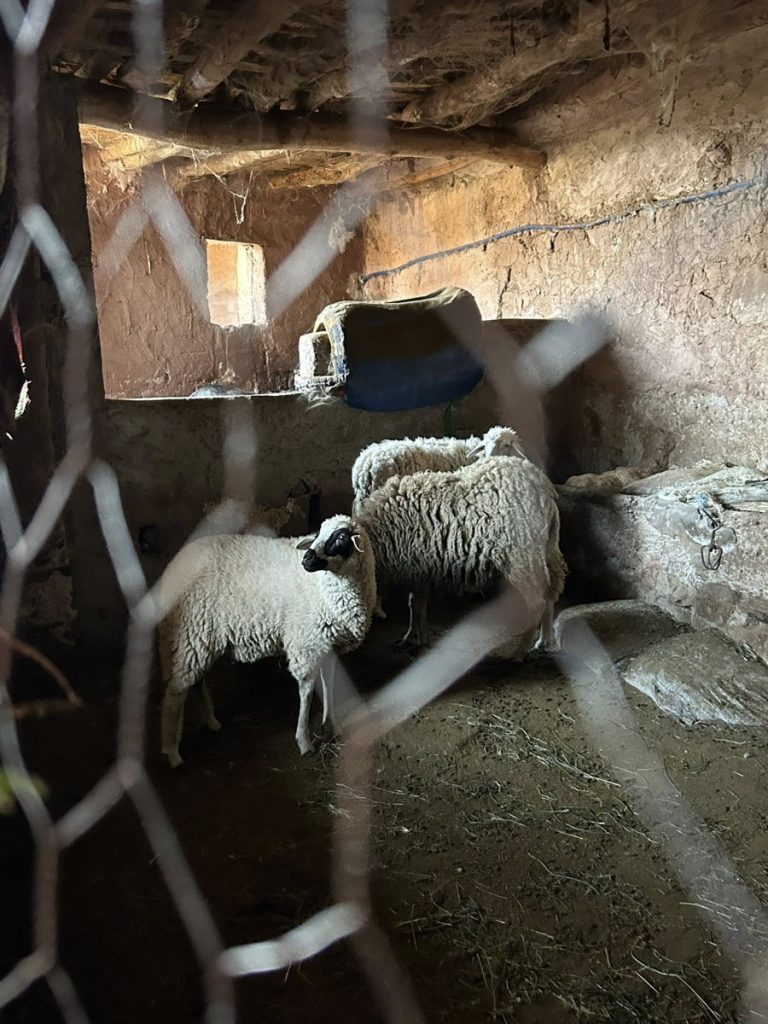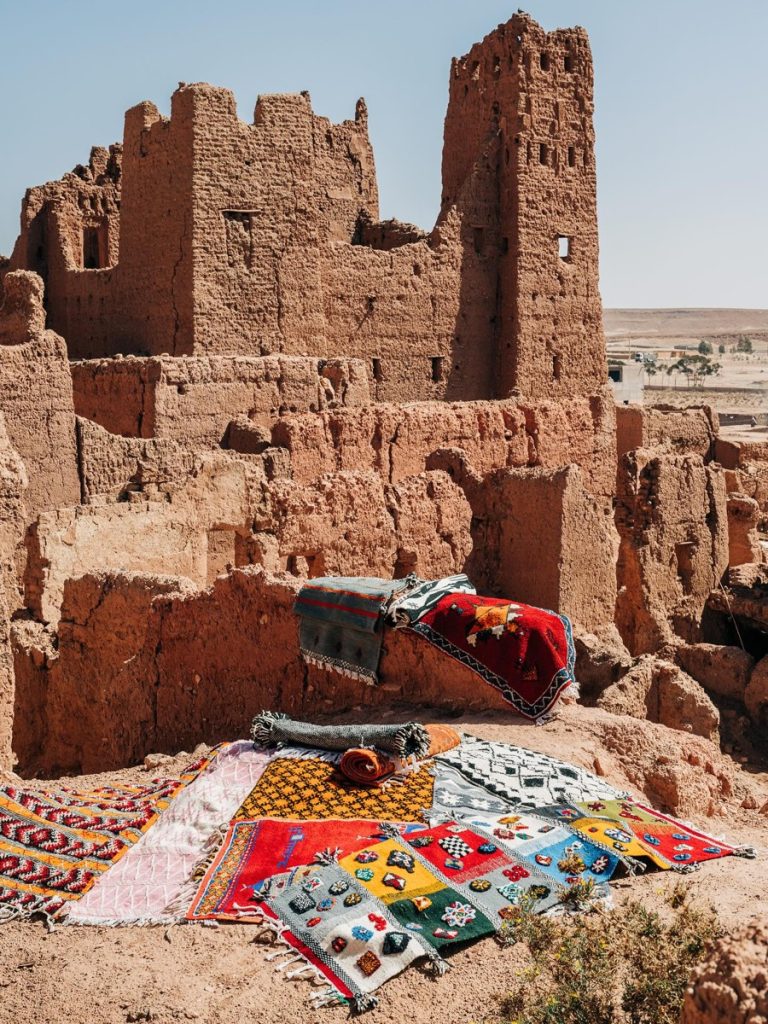Aït Ben Haddou: Morocco’s Timeless Fortress Rising from the Desert Sands
Aït Ben Haddou stopped me in my tracks the first time I saw it—rising from the russet earth like something conjured from a dream, or maybe a half-remembered film scene. And you know what? It probably was a half-remembered film scene. This ancient ksar has doubled for everything from Berber countries to fictional kingdoms, but standing there in person, with the afternoon sun turning those mud walls the color of burnt honey, I realized the real story is so much richer than anything Hollywood could script.
I’ve wandered through countless Moroccan villages over the decades, but there’s something about this place that gets under your skin. Maybe it’s the way the towers catch the light at sunset, or how you can still trace the footsteps of merchants who crossed the Sahara centuries ago. Whatever it is, Aït Ben Haddou remains one of those rare destinations where history doesn’t just whisper—it shouts from every weathered wall and winding alleyway.
The Soul of Southern Morocco’s Clay Architecture
Let me take you back to the seventeenth century (though some historians argue parts date to the 11th). Imagine caravans full of gold, silver, and spices making the long trip between Marrakech and the Sahara Desert. They needed a safe place to stay, a fortified sanctuary where traders could rest, store their valuable goods, and stay safe from thieves and severe weather. This is how Aït Ben Haddou came to be: not as a movie set, but as a lifeline along one of Morocco’s most important trade routes.
The village sits in the Ounila Valley, perched on a hillside in the foothills of the High Atlas Mountains. When you approach from the modern side of the river, you’re seeing what traders saw centuries ago: an imposing fortress of earthen walls, defensive towers, and narrow passages designed to confuse invaders. The entire structure is built from materials pulled straight from the surrounding landscape—adobe clay, earth, straw, and wood. No concrete. No cement. Human hands have sculpted the bones of the desert into something truly magnificent.
I remember my first visit, crossing the shallow riverbed (it’s often dry during warmer months) with my shoes in hand, feeling the cool mud between my toes. There is typically a contemporary bridge constructed in 2011; however, where is the challenge in that? The tactile experience of wading through the Ounila River—even when it’s barely a trickle—connects you to every traveler who came before.
When Hollywood Met the Sahara
Here’s where things turn intriguing, and honestly, a bit surreal. You’re walking through what is essentially a living museum, a UNESCO World Heritage site since 1987, and suddenly you recognize a courtyard from Gladiator or a tower that stood in for Pentos in Game of Thrones. Is this the main gate? In fact, it is a prop built for Russell Crowe’s epic that proved so convincing it remained in place and has been reused in everything from Indiana Jones to more recent productions.
Lawrence of Arabia, Jewel of the Nile, and countless other films have left their mark here. I once stumbled upon a section being prepared for Gladiator 2—yes, they’re coming back—and watched craftsmen carefully applying fresh adobe to walls that would soon host Denzel Washington and crew. It’s this bizarre dance between preservation and performance, where the distinction between authentic heritage and movie magic blurs in the most fascinating way.
But here’s what struck me during one visit: I was chatting with a local artisan—a carpet weaver whose family has lived in the area for generations—and she said something that stuck with me. “The movies brought tourists, yes, but they also brought attention to our traditions. Now people care about keeping these walls standing.” Hollywood’s touch-ups over the decades have, paradoxically, helped maintain a structure that might otherwise have crumbled into the desert dust.
Navigating the Ancient Ksar
Entering through the main gate, which typically charges a 20 Dirham restoration fee (a wise investment, in my opinion), immerses you in a complex maze. The passages twist and climb, deliberately confusing—remember, this was designed for defense. Family dwellings and merchants’ houses coexist, with some families continuing to occupy their ancestral homes despite the influx of tourists.
Wear sunglasses. Seriously. The wind whips through those narrow alleys and kicks up gritty sand that’ll have you squinting and cursing if you’re not prepared. I learned that lesson the difficult way on a particularly blustery March afternoon when I thought I’d be fine—I wasn’t.
As you climb (and you’ll be climbing), pause at the workshops where artisans perfect their crafts. I watched a man creating artwork colored with natural pigments—saffron for brilliant yellows and indigo for deep blues—a technique that’s been refined over the past twenty years. The vibrant colors against those earthen walls create contrasts that photographers dream about.
The Berber residents here are remarkably welcoming, especially compared to some of Morocco’s more aggressive tourist zones. Yes, you’ll be invited into shops and offered mint tea (always accept the tea, by the way—it’s both delicious and culturally important), but the hard sell is less intense than in, say, the Marrakech souks. Negotiation is still part of the game, though prices tend to be more reasonable here. I’ve found that showing genuine interest in someone’s craft and asking about their techniques rather than immediately demanding a discount opens doors—both literally and figuratively.
The View from the Top
Keep climbing. Your legs might protest, especially in the midday heat, but trust me—the summit is worth every step. At the peak sits the old fortified granary, a structure that once safeguarded the community’s food supply during sieges or harsh winters. Now it safeguards something equally precious: one of the most spectacular views in southern Morocco.
From up here, the entire Ounila Valley spreads before you, like a painted canvas. Red and ochre buildings cascade down the hillside. Palm trees dot the riverbed below. The High Atlas Mountains rise in the distance, their peaks sometimes dusted with snow even when the valley below bakes under the desert sun. I have scheduled my visits to coincide with sunset on multiple occasions, and observing those ancient walls transition from amber to crimson to shadow is… well, it is the sort of experience that rekindles your initial passion for travel.
This viewpoint also reveals Aït Ben Haddou’s strategic genius. You can see for miles in every direction, observing approaching caravans, potential threats, and the rhythm of life in the valley. Standing there, you understand why this location was chosen, why it thrived for centuries as a crucial stop on the trade routes connecting Marrakech to the Sahara’s vast emptiness.
The Women’s Cooperative and Living Traditions
One of my most memorable experiences happened in a carpet shop that’s part of a women’s cooperative. Now, I’ll admit I initially hesitated—too many tourist traps disguise themselves as “authentic workshops”. But this place was different. The woman in charge informed us that 85% of the proceeds go directly to local women who weave from their homes, preserving traditional Berber textile patterns and sustaining their families.
She showed me carpets that took months to make, with each knot tied by hand and each color coming from nature. The patterns conveyed symbolic meanings. For example, geometric shapes stood for mountains, stylized flowers stood for fertility and abundance, and protective symbols stood for keeping evil away. Buying something wasn’t just purchasing a souvenir; it was directly supporting the preservation of ancient craft traditions and empowering women in a region where economic opportunities can be limited.
These cooperatives exist because of tourism, yes—but they’ve also become vital in keeping traditional skills alive. Young women are learning techniques from their mothers and grandmothers—techniques that might otherwise vanish in our increasingly homogenized world. That’s the complicated beauty of places like Aït Ben Haddou: the influx of visitors brings challenges but also creates pathways for cultural preservation.
Staying Near the Ksar
If you’re planning your visit, I cannot stress this enough: spend the night nearby. Day-trippers arrive from Marrakech (it’s about a four-hour drive, or you can take the CTM bus), snap their photos, and rush back. They miss the magic that happens when the tour buses depart and the evening light transforms everything.
I’ve stayed at several accommodations in the area, but one that stands out is a guesthouse called TIG menu—which means “my house” in Berber. It perfectly captures the aesthetic of the region: mud and straw construction (or adobe clay, if you want to be technical), bamboo and wooden beam ceilings, surrounded by palm trees, cacti, and mountain views. The room rate was incredibly reasonable—110 Dirhams per night including breakfast when I last stayed—and they offered amenities like a pool, spa, and traditional hammam.
The rural setting means you’re immersed in the landscape rather than viewing it from a tour bus window. You can hear the silence of the desert at night, watch stars in skies unpolluted by city lights, and wake to the call to prayer echoing across the valley. These historic kasbah-turned-accommodations provide not just a place to sleep, but an authentic experience of southern Moroccan life.
From wherever you’re staying, a taxi to Aït Ben Haddou shouldn’t cost more than 40 dirhams. The drive itself is beautiful—winding through the Road of a Thousand Kasbahs from the Dadès Valley offers glimpses of fortress after fortress dotting the landscape, each with its story, though none quite as famous as our destination.
The UNESCO Designation and Preservation Challenges
Here’s the thing about mud architecture: it’s gorgeous, it’s sustainable, it’s perfectly adapted to the desert climate—and it deteriorates rapidly. Rain, wind, extreme temperature swings… these ancient walls are in constant conversation with the elements, and they’re slowly losing the battle.
That’s why the UNESCO World Heritage designation matters so much. Since 1987, international attention and funding have flowed toward preservation efforts, but there are strict rules. Any restoration must use traditional building methods and materials: adobe clay, earth, straw, and wood. Concrete and cement are strictly forbidden because they would compromise the site’s authenticity and actually cause more damage in the long run (modern materials don’t breathe like traditional ones, leading to moisture problems and structural failure).
I’ve seen restoration work being done, and it’s very difficult. Workers mix clay and straw by hand, just like builders did hundreds of years ago, putting it on in layers, one at a time. It’s not very efficient by today’s standards, but the goal is continuity, not efficiency. Every time you renovate, you help to preserve culture by keeping old building methods alive through practice.
The irony is that this constant need for maintenance is both a challenge and a gift. It means communities must stay engaged with traditional crafts, passing skills from generation to generation. The Ksar becomes a living classroom where the past actively shapes the present.
Timing Your Visit
Allow me to share some hard-won wisdom about the best times to visit. Mid-summer in southern Morocco is brutal—temperatures regularly soar above 40°C (104°F), and climbing those narrow passages in that kind of heat is misery, not adventure. Spring (March to May) and fall (September to November) offer pleasant temperatures and stunning light for photography.
But even more important than the season is the time of day. Aït Ben Haddou has become increasingly popular, especially since Game of Thrones aired, and midday crowds can diminish the experience. Arrive very early morning or late afternoon—better yet, stay until sunset. The golden hour before dusk transforms those mud walls into something otherworldly, and you’ll have the place largely to yourself once the day-trippers depart.
I’ve been there at dawn, watching mist rise from the riverbed as the first light touches the towers. I’ve been there at dusk, nursing mint tea at one of the small cafes while the sky cycles through impossible colors. Both times felt like stepping outside of time, connecting with something fundamental about why humans build, why we create beauty, and why we strive to leave our mark on the landscape.
Beyond the Film Sets: The Real Aït Ben Haddou
It’s easy to get caught up in the Hollywood narrative—and honestly, that’s part of the fun. Film buffs with sharp eyes will have a field day recognizing locations from favorite movies. However, I urge you to delve deeper, see past the props and the tourist facade, and uncover the genuine cultural significance hidden beneath.
This building is one of the best examples of southern Moroccan clay architecture that is still standing. It represents a building tradition perfectly adapted to its environment, using local materials to create structures that stay cool in summer, warm in winter, and blend seamlessly with the surrounding desert palette. The defensive design speaks to centuries of conflict and the constant tension of protecting wealth along dangerous trade routes.
The few families still living within the ancient walls—fewer than a dozen households—maintain a direct link to the past. They’re not playing roles for tourists; they’re continuing traditions their ancestors established. When you buy bread from the small bakery tucked into a side passage or accept tea from an elderly resident sitting in his doorway, you’re participating in exchanges that have defined this place for generations.
Practical details are worth knowing.
Transportation from Marrakech is straightforward: the CTM bus runs daily (about four hours), or you can arrange private transport or join a tour. If you’re driving yourself, the route through the Atlas Mountains is spectacular—twisting mountain passes, traditional Berber villages, and sudden valleys of green against stark rock.
The entrance fee is typically 20 dirhams per person, designated for restoration work. Some visitors report confusion about where to pay—apparently the bridge exit on the far side doesn’t have a collection point, so in theory you could skip the fee, but please don’t. Those twenty dirhams help preserve something irreplaceable.
Bring water, especially if you’re going in the summer. There are small cafes and shops inside, but they’re not always open, and things cost more than they do outside. You should wear comfortable shoes to walk on the smooth, old stone steps, which can be slippery. To protect yourself from the wind-blown sand, you should also bring a hat, sunscreen, and sunglasses.
If you want to help the local economy in a smart way, think about the women’s cooperatives I talked about. In Marrakech, the rugs, scarves, and artwork might cost more than mass-produced ones, but you’re getting something that has real cultural value and directly helping artisans.
The Experience That Lingers
I’ve been to Aït Ben Haddou more times than I can count—professional obligations, personal visits, and bringing friends and family who want to see “the Game of Thrones place.” And yet, the experience never grows stale. Each visit reveals something new: a doorway I hadn’t noticed, a conversation with a local that shifts my understanding, or a particular quality of light that makes me see familiar walls with fresh eyes.
Maybe it’s because this place exists in multiple dimensions simultaneously. It’s ancient history and modern cinema. It’s a UNESCO treasure and a living community. It’s a triumph of traditional building methods and a constant battle against entropy. It’s deeply Moroccan—rooted in Berber culture and southern desert traditions—yet globally recognized, visited by people from every corner of the world.
Walking through the narrow passages, climbing to the granary, and watching the Ounila Valley change into a symphony of light and shadow at sunset are all moments that add up to something deep. You’re not just sightseeing; you’re connecting with centuries of human endeavor, with the ingenuity of people who built beauty and security from mud and straw, with a place that has somehow survived everything history could throw at it.
The Journey from Marrakech
The four-hour journey from Marrakech to Ouarzazate (and then another half hour to the Ksar) is almost as memorable as the destination. The road climbs through the High Atlas Mountains, switchbacking up steep slopes where Berber villages cling to hillsides that seem impossibly vertical. You’ll pass kasbahs in various states of repair—some beautifully restored, others melting back into the earth like sand sculptures after the tide comes in.
The landscape shifts dramatically as you cross the mountains. The northern slopes are greener, with terraced fields and fruit trees. But crest the pass and descend the southern side, and you enter a different world: the high desert, where colors lean toward ochre and rust, where vegetation becomes sparse and tough, adapted to heat and scarcity. You can feel the Sahara’s influence in the light and air quality here.
Ouarzazate itself deserves a stop if you have time—it’s become Morocco’s film capital, with studios hosting productions that need desert backdrops. But the real treasure is just beyond, where Aït Ben Haddou has stood for hundreds of years, long before any camera took a picture of it.
A Final Word on Authenticity
In this age of Instagram-perfect travel, people can be cynical about “authentic experiences.” It seems like everything is staged to get tourists to spend money while giving them a clean version of culture. I understand that skepticism. But Aït Ben Haddou, for all its Hollywood associations and tourist infrastructure, retains something genuine.
Yes, it’s commercialized. Yes, you’ll be approached by vendors and guides. Yes, some elements have been enhanced or rebuilt for films. But underneath all that, the bones are real. The way the building was made is real. The strategic location and defensive design are based on real historical needs. The Berber families who live inside those walls are living their culture, not acting it out.
The key is approaching it with the right mindset. Do not anticipate pristine antiquity—this is no longer what this place represents, and frankly, it likely never was. Ksars were always commercial centers, places where cultures and commerce collided, where the practical need for security met human desires for beauty and community. The modern tourism industry is just the latest chapter in a long story of exchange and adaptation.
Your Journey Awaits
So this is what I want you to know: Aït Ben Haddou will probably be better than you expect, but not in the ways you think it will be. It’s more weathered, more lived-in, and more complicated than photos suggest. It’s simultaneously grander and more intimate. It’s a UNESCO site and a neighborhood, a film location and a home, a monument to the past, and a working example of cultural continuity.
When you finally reach the top and look out over the Ounila Valley, just like so many travelers have before you, you’ll see why this place has fascinated everyone from medieval merchants to modern movie directors. Here, magic is real: the strength of people, the evolution of communities, and the transformation of mud and straw into timeless art.
Book your trip. Make the journey from Marrakech. Cross that riverbed. Climb those ancient stairs. Watch the sunset paint those walls in colors that haven’t been invented yet. Let Aït Ben Haddou work its spell on you, just as it has on me, time and time again.
The desert is waiting, and within it, a fortress of dreams stands ready to welcome you home to a past you never knew you remembered.
References:
UNESCO World Heritage Centre – Ksar of Aït-Ben-Haddou
Moroccan Tourism Board Official Resources
Personal observations and interviews with local residents and artisans (2015-2024)




